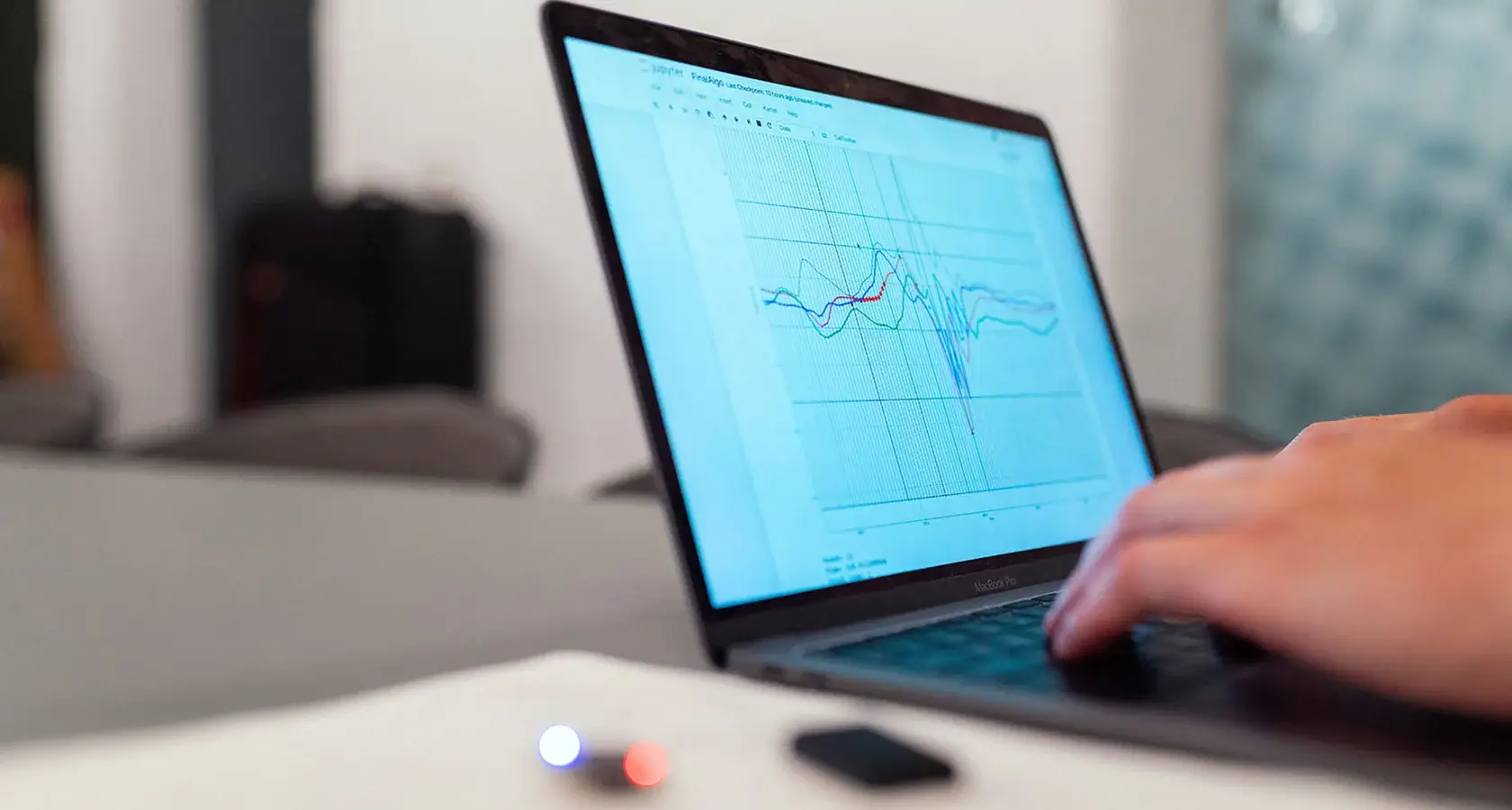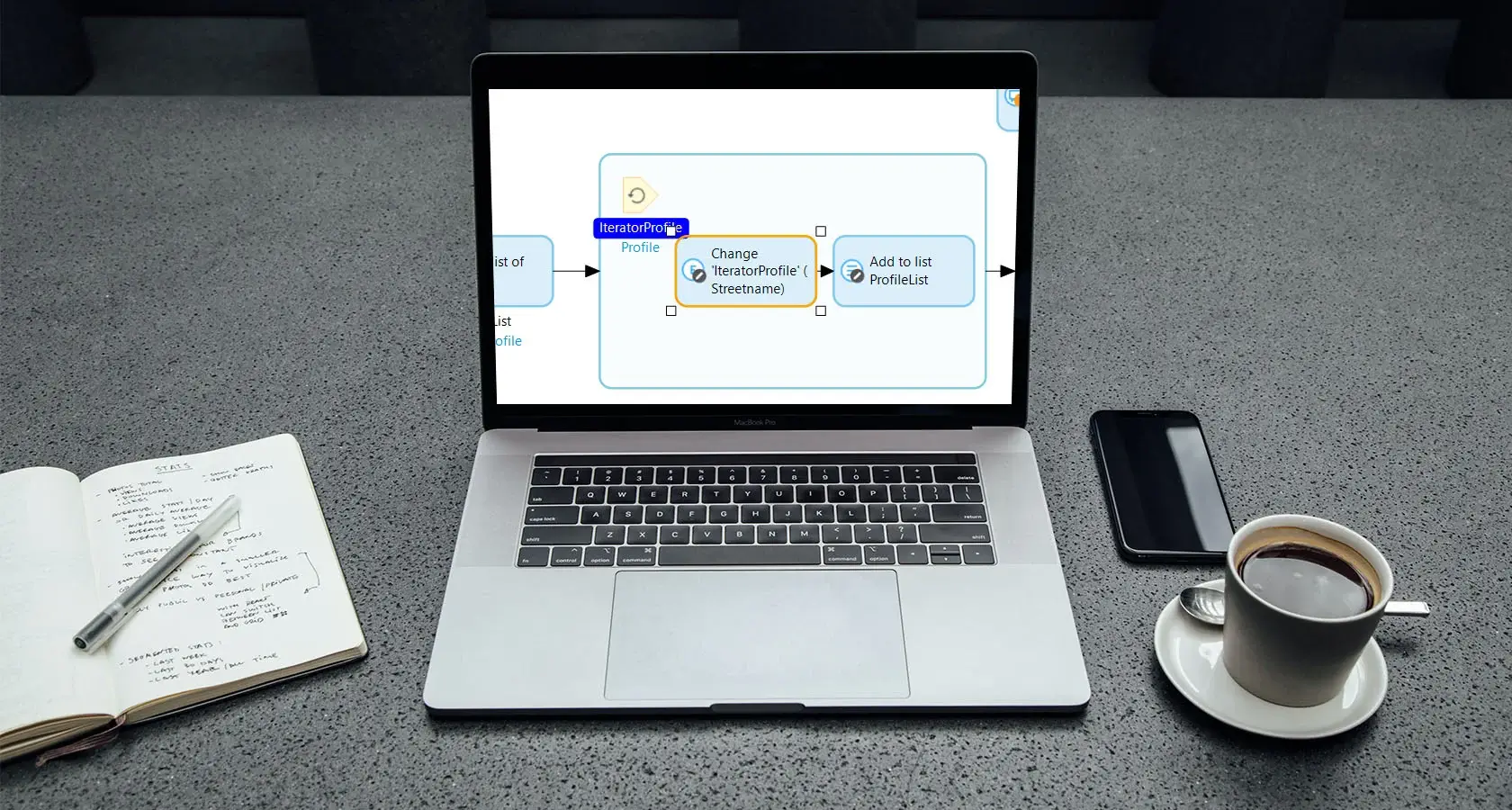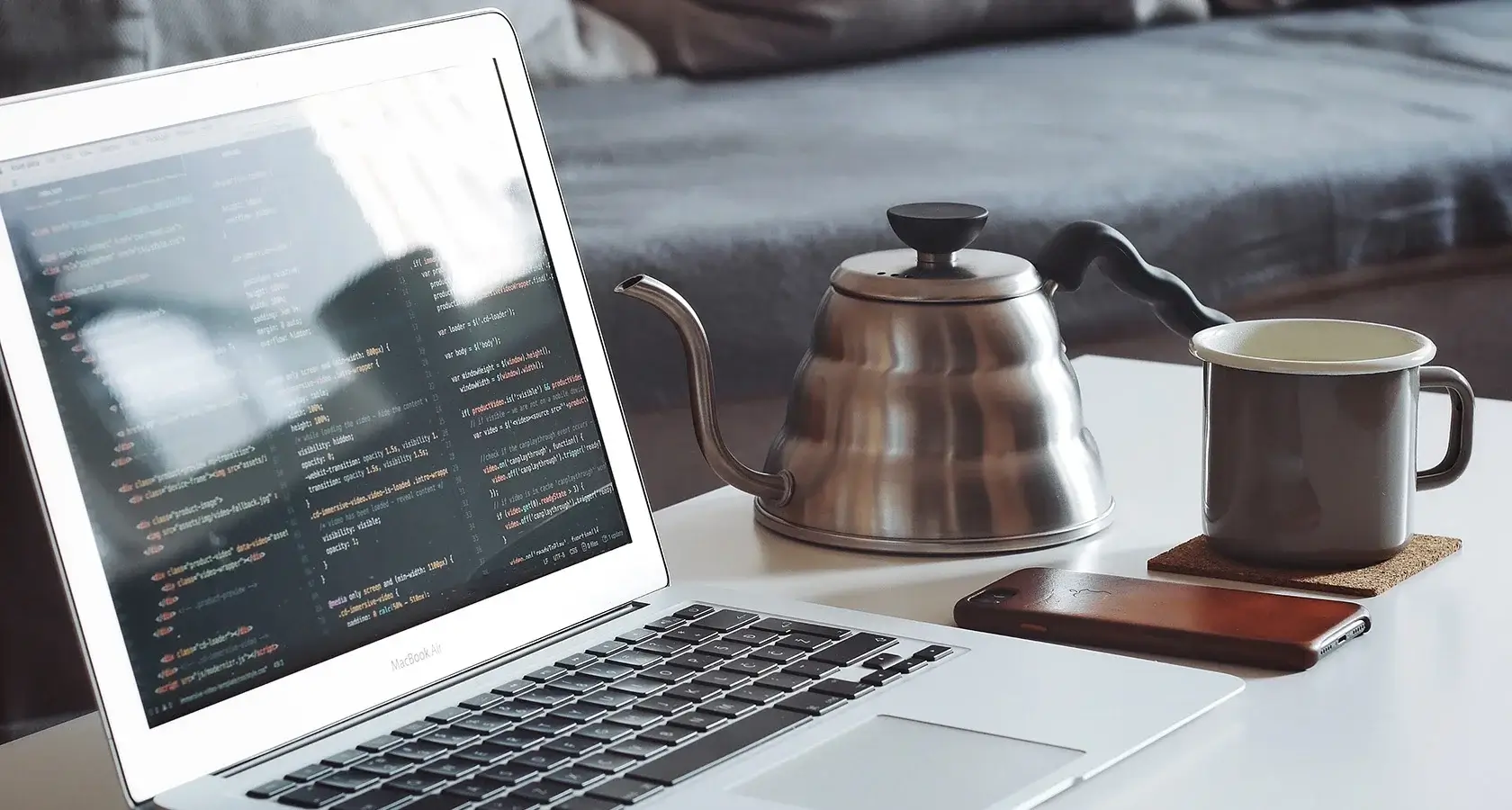Good Intentions
Accessibility
It’s again that time of the year I find myself thinking about my good intentions for the next year. That starts with reflecting on my intentions for this year, which I honestly can barely remember. This year I did not see coming.
11-2020
Author: Loet Romijn (Meet Our Team)
I learned a thing or two about myself, but even more about others. I have become more aware of my own privileges, my responsibilities towards life on earth by acknowledging the past and working towards a future with more equality, respect and understanding for each other. And that’s why it’s taken me a while to write this article. Mainly because I feel it’s not my time and place to speak up, this is not about me and the world doesn’t need another privileged white girl’s opinion. Besides that, I am scared of speaking up, being vulnerable and saying the wrong things for the wrong reasons without context or nuance, but with good intentions. And that’s why I am writing this article anyway.
I believe good intentions are key, but it doesn’t mean I’m doing the right thing. It means I am willing to try, listen, adjust and try again. Being a frontend developer, this sounds very familiar to my daily work. When writing a piece of code, I go through the same steps. For instance:
- I need to calculate the sum of a list of numbers: I try writing the calculation and a unit test, I look at the results of my unit test, adjust if the result is not as expected (read: my unit tests fail) and try again.
- I need to create a form to create a user account: I try writing the component and have users test it, listen to the user feedback, adjust the form and try again
It rarely happens that I do things completely right on the first try. I am used to that and I am not scared anymore of my console telling me I screwed up, or getting critical but valuable user feedback. I don’t write the code for myself, I write it for others.
Working in software development inherently means working for others. Every application is developed with a certain target audience in mind. Sometimes this is a specific group of people within one organization, sometimes it’s the whole company. Sometimes we develop a public app for the Dutch market or internationally, and the target audience is even larger. However small our target audience is, this is never a homogenous group of people with exactly the same needs. People have different reasons for using applications, different goals and a different set of impediments to deal with.
“The power of the Web is in its universality.
Access by everyone regardless of disability is an essential aspect.”
– Tim Berners-Lee,
W3C Director & inventor of the World Wide Web
Web Accessibility is defined as:
“Web accessibility means that websites, tools, and technologies are designed and developed so that people with disabilities can use them. More specifically, people can:
- perceive, understand, navigate, and interact with the Web
- contribute to the Web
Web accessibility encompasses all disabilities that affect access to the Web, including:
- auditory
- cognitive
- neurological
- physical
- speech
- visual
Web accessibility also benefits people without disabilities, for example:
- people using mobile phones, smart watches, smart TVs, and other devices with small screens, different input modes, etc.
- older people with changing abilities due to ageing
- people with “temporary disabilities” such as a broken arm or lost glasses
- people with “situational limitations” such as in bright sunlight or in an environment where they cannot listen to audio
- people using a slow Internet connection, or who have limited or expensive bandwidth”
Source: Education and Outreach Working Group (2019), Introduction to Web Accessibility, https://www.w3.org/WAI/fundamentals/accessibility-intro/
Although Web Accessibility specifically focuses on people with disabilities (as you can read above), I would argue that good accessibility benefits everyone. I believe we need to think of the accessibility of an app in terms of enabling the user to do their task. When an app disables you to do what it was built for, it’s not only frustrating, it can be harmful as well.
At the beginning of this year, my colleague Huan (you can read her latest blog post on designing a new UX approach for debt collection) and I held a presentation at Finaps about UX and Digital Accessibility to spread awareness and give developers the tools to create more accessible applications. Building accessible applications is only possible with a shared mindset that is created by awareness, tools and testing. To create this mindset, we need a strong foundation to be able to grow. I believe a good next step is writing an accessibility policy to fully incorporate this mindset in our way of working.
So that’s what I’ll be doing, and I’ll probably make some mistakes along the way. At least my intentions are good.
I believe at Finaps we try, listen, adjust
and try again.
Interested in this topic? Learn more about Web Accessibility:
Go to a free online course, an Introduction to Web Accessibility by W3C
Go to the overview of the Web Content Accessibility Guidelines (WCAG) by W3C


